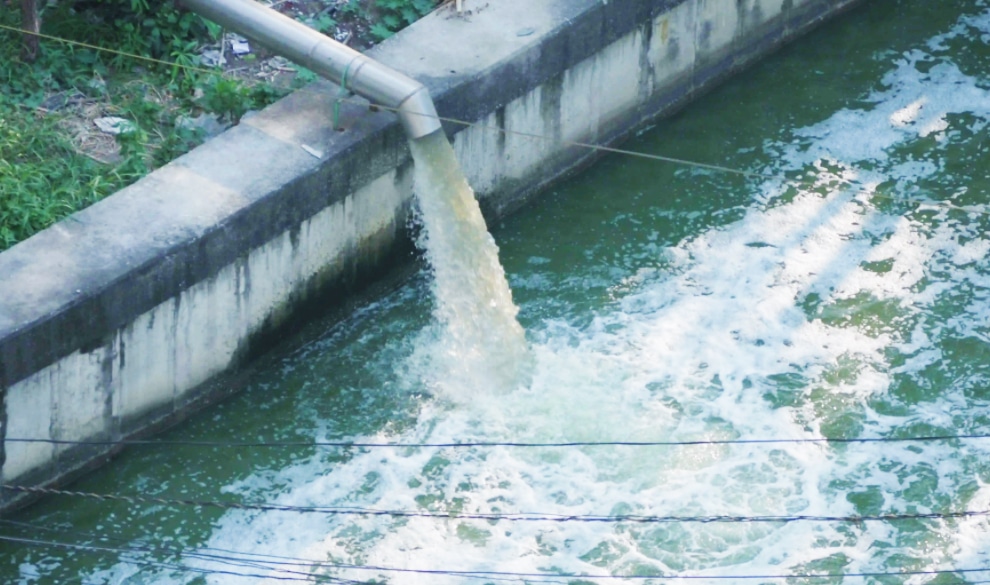Brewery Practices To Reduce Water Consumption
There’s been increasing pressure on the beer industry to reduce water consumption during the brewing process.
With the brewing industry facing growing scrutiny over its environmental impact, forward-thinking breweries are adopting sustainable practices to combat water scarcity and gain favour with eco-conscious consumers.
In this article, we’ll dive into the world of brewery water consumption and cover everything from the water footprint of beer and water-saving technologies for operational efficiency to the importance of water conservation in breweries.
Why Breweries Need to Conserve Water
Beyond crafting delicious brews, breweries face a growing responsibility to conserve water. Several regions in the UK – like London and the West Midlands – already have water scarcity problems and are set to experience water stress by 2030.
Here’s why water footprint reduction in breweries is crucial:
Environmental impact
A substantial amount of water goes into making one pint of beer, from soaking malted grains and filtration to cleaning up – for both commercial and craft breweries alike. This makes the industry a significant contributor to global water consumption.
Traditionally, breweries used between six and eight litres during beer production. This translates to a higher environmental impact, especially considering the global water scarcity crisis.
Here’s a break down on the water-intensive stages of brewing:
- Mashing: Hot water extracts sugars and flavours from malted grains, which is a process that requires multiple rinses.
- Lautering: A process separating liquid wort (mash) from spent grains.
- Cooling: Wort needs rapid cooling to prevent unwanted aromas and flavours, typically achieved with large volumes of water.
- Cleaning and washing: Maintaining hygiene across tanks, equipment, and bottling conveyors consumes large amounts of water.
In water-scarce regions, competition for resources between beer production and communities can impact the accessibility to clean water. Droughts and climate change further heighten water stress, making conservation essential.
Economic pressure
Water tariffs are steadily rising and reducing water consumption is critical for brewery profitability.
Breweries implementing water-saving techniques can significantly reap financial gain; as lower consumption levels directly result in operational cost savings.
Exceeding water usage regulations can lead to hefty fines, further eating into a company’s profits.
Fact: In the 70s, breweries used about seven litres of water to make one litre of beer, as opposed to an average of 2.82 litres today.
Consumer shift
Embracing water conservation methods resonates with environmentally conscious consumers. This enhances a brewery’s brand image and fosters long-term company loyalty. By showcasing water-saving initiatives, breweries build trust and positive perceptions.
These concerns are driving a crucial shift, with breweries recognising the need for sustainable water management. This not only impacts the environment but also their own economic, financial and brand well-being.




